Table Mountain Pine Tree (Pinus Pungens) – 3 Pack Of 1.5 Quart Pots
$59.97 Original price was: $59.97.$41.98Current price is: $41.98.
SKU: D2LSC 7577006009 Category: NATIVE PLANTS
- Elevate Your Shopping Experience
- Get Quality, Get More
- 7-Day Returns, 100% Quality
- Protect Your Wallet with Safe Payments

Table Mountain Pine
Pinus pungens
Other Names: Hickory Pine, Mountain Mine, Prickly Pine, Bur Pine
Plant Details
USDA Plant Hardiness Zones: 5a-7b Find Your Zone
Plant Type: Coniferous Evergreen Tree
Height at Maturity: 20-40’+
Width at Maturity: 20-40′
Spacing: 20′ for screens or groupings; 40′ for space between trees
Growth Habit / Form: Upright, Broad, Irregular
Growth Rate: Slow to Fast depending on climate, soil and sun exposure; 2-3′ per year in ideal conditions
Flower Color: Yellow
Flower Size: NA
Flowering Period: Mid Spring
Flower Type: Short candle
Fragrant Flowers: No
Foliage Color: Dark Green to Dark Blue-Green
Fragrant Foliage: Yes, pine scented
Berries:
Berry Color:
Cones: Yes, 2-3″ Green turning to Copper-Brown to Brown
Sun Needs: Full Sun or Mostly Sun
Water Needs: Very Low, when established
Soil Type: Clay (Amend heavy clay to ensure good drainage), Loam, Rocky, Sandy, Silty
Soil Moisture / Drainage: Moist But Well-Drained to Dry when established; very drought tolerant!
Soil pH: 5.0 – 7.0 (Acid to Neutral)
Maintenance / Care: Very Low
Attracts: Birds, Butterflies, Moths, Mammals
Resistances: Cold Temperatures (-20F), Deer, Disease, Drought, Dry Soil, Insect, Salt (moderate)
Description
One of our favorites of all native pines with lots of character, no two Table Mountain Pines look alike. Exceptionally tough and long-lived, and flourishing in some of the toughest environments, it grows 20 to 40 feet tall on average. It can have a straight or crooked trunk with a broad, rounded crown of horizontal but irregular branches, lending to its unique character. Perhaps one of the most attractive characteristics are its cones. Unique, egg-shaped, copper-brown cones resembling a pineapple adorn the tree in clusters of three to four with each scale on the cone having a distinct, hooked prickle. The cones vary on when they open but can remain on the tree for two to three years after doing so. Deep green needles arranged in feathery tufts clothe the branches. The red-tinged dark to light brown scaly bark is attractive as well. In its native habitat, it thrives on exposed, rocky, acidic, dry, highly sloped sites with rocky to sandy poor soils and full to mostly sun, so is ideal for use in those difficult areas of the landscape where it is sure to be a visual presence.
Landscape & Garden Uses
Growing 20 to 40 feet tall and wide, and up to 60 feet or so in ideal conditions such as in its native habitat, the Table Mountain Pine is ideal for use as a specimen or in small groupings in those sunny and very well draining areas of the landscape, even on steep slopes, embankments and hillsides. A fine addition to native gardens, conifer gardens, Asian theme gardens and the Xeriscape (low water needs).
Suggested Spacing: 15 to feet apart for groupings; 40 or more feet apart for space between trees
Growing Preferences
The Table Mountain Pine is exceptionally easy to grow in most any moist but well-drained to dry acidic soil of average to low fertility, even very rocky soils. It prefers full to mostly sun. We suggest at least 6 hours of direct sunlight per day.
Helpful Articles
Plant as you would a Cypress tree…
How To Plant A Cypess Tree
Plant Long & Prosper!
Meet The Wilson Brothers & Staff
Questions? Contact Us
Be the first to review “Table Mountain Pine Tree (Pinus Pungens) – 3 Pack Of 1.5 Quart Pots” Cancel reply
Related products
Sale!
NATIVE PLANTS
Sale!
NATIVE PLANTS
Sale!
NATIVE PLANTS
Sale!
NATIVE PLANTS
Sale!
NATIVE PLANTS
Sale!
NATIVE PLANTS
Sale!
Sale!

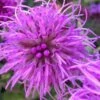

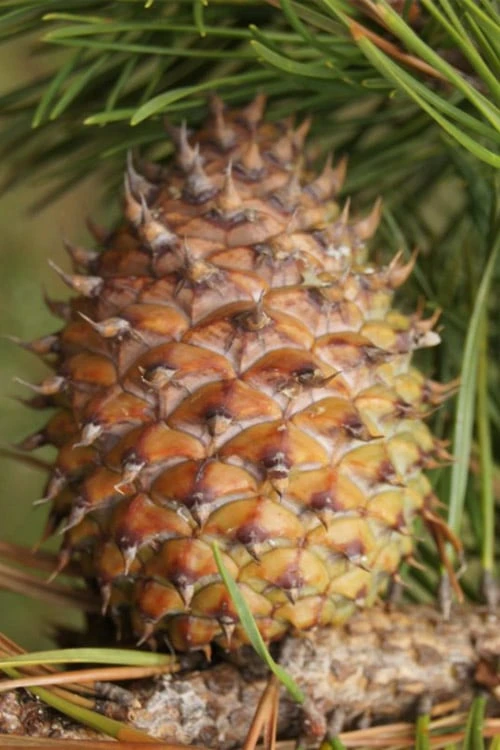
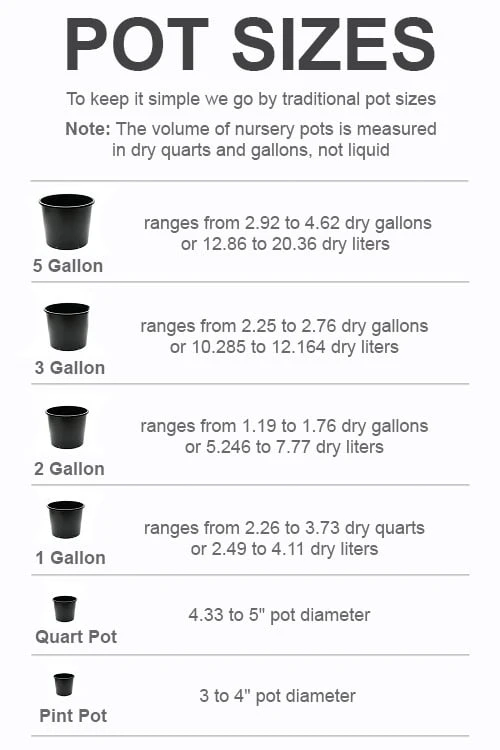



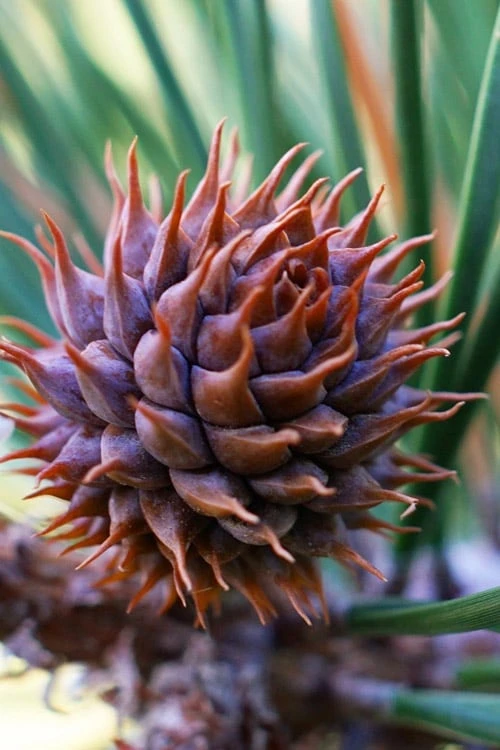
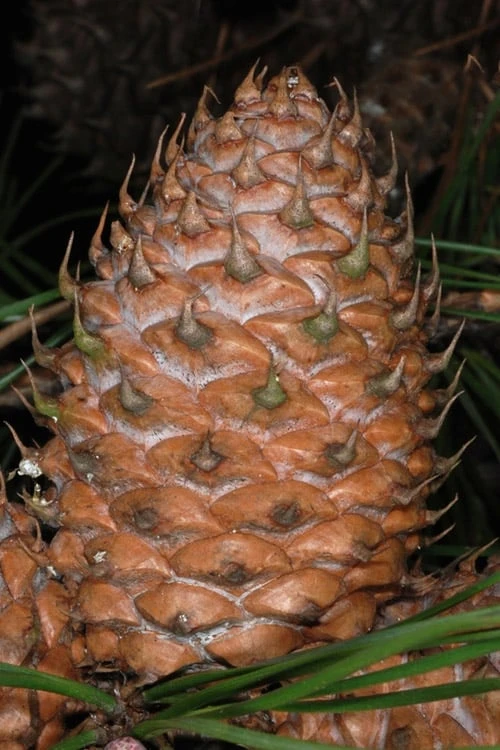
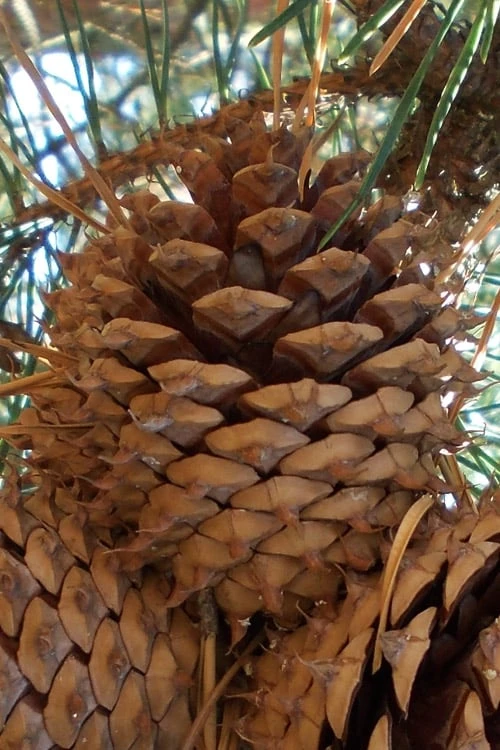
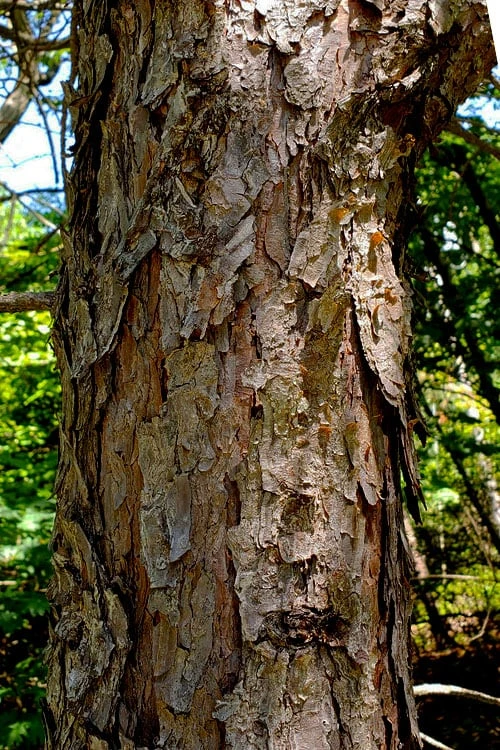


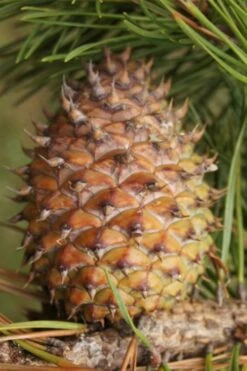











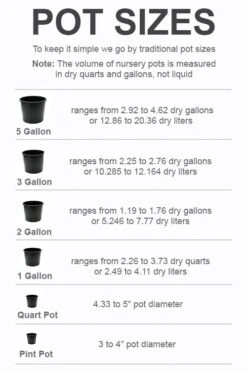
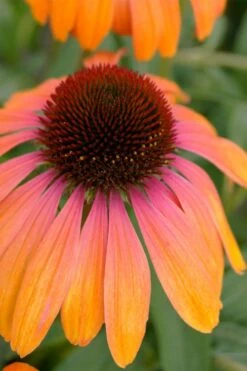
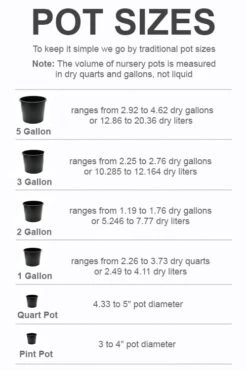
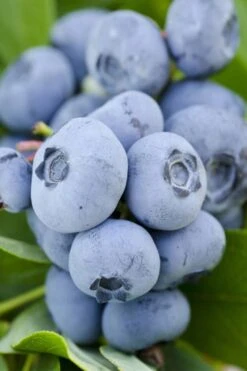
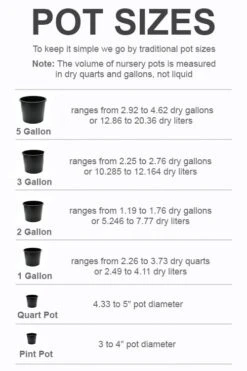
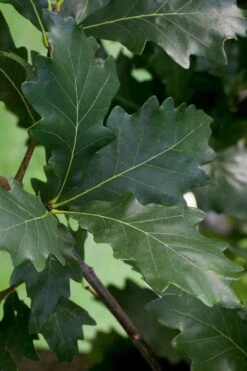
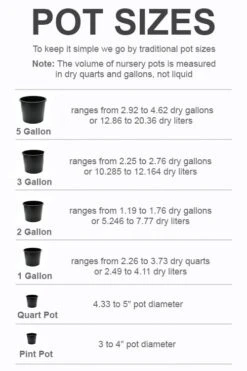
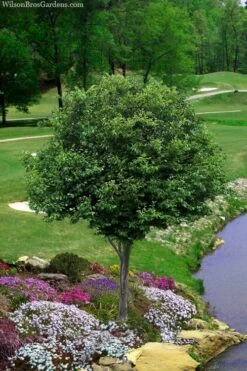
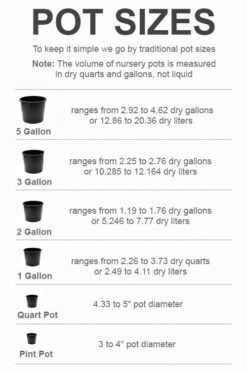
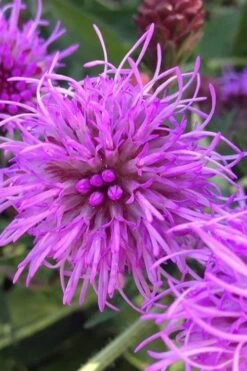


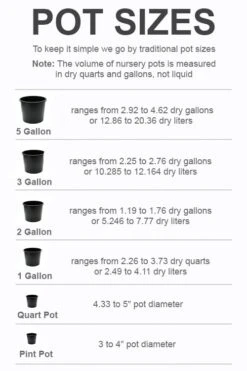
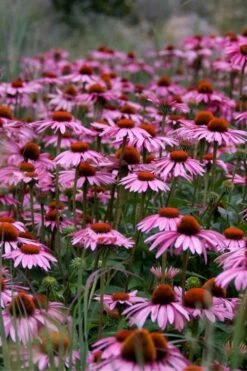
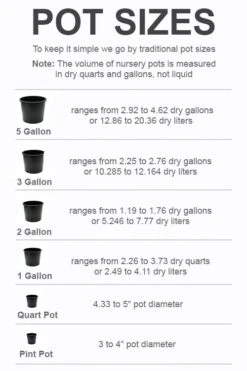
Reviews
There are no reviews yet.